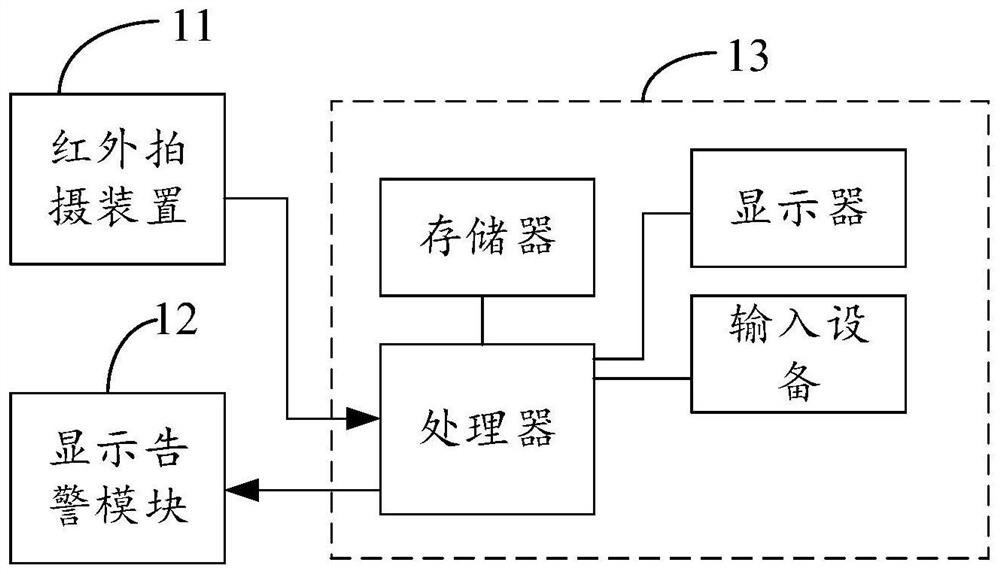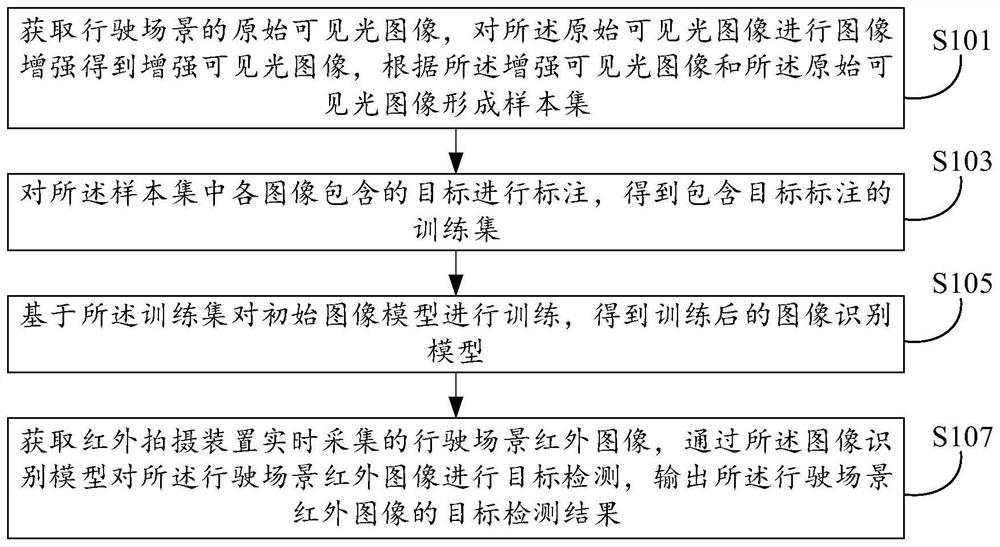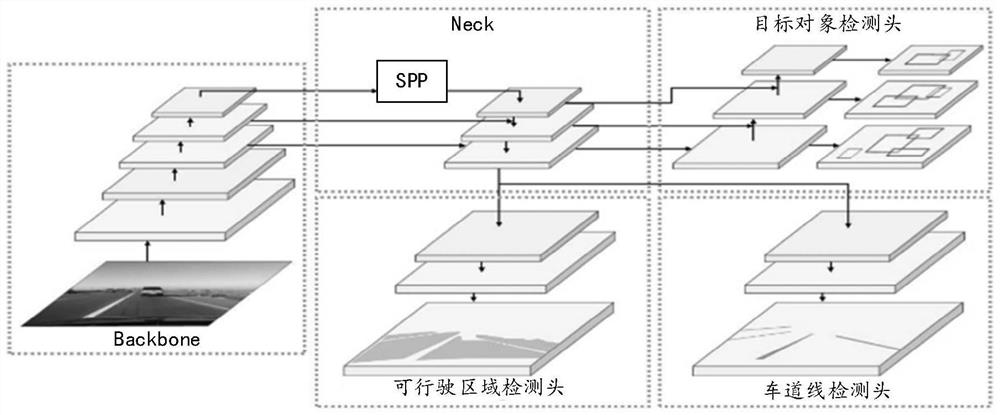Driving assistance method and device, vehicle-mounted equipment and storage medium
A driving assistance and model technology, applied in the field of intelligent driving, can solve the problems of high labor cost, time cost, poor performance, affecting application and promotion value, etc., to eliminate differences and eliminate overfitting.
- Summary
- Abstract
- Description
- Claims
- Application Information
AI Technical Summary
Problems solved by technology
Method used
Image
Examples
Embodiment Construction
[0031] The technical solution of the present application will be further elaborated below in combination with the accompanying drawings and specific embodiments.
[0032] In order to make the purpose, technical solutions and advantages of the application clearer, the application will be further described in detail below in conjunction with the accompanying drawings. All other embodiments obtained under the premise of creative labor belong to the scope of protection of this application.
[0033] In the following description, the expression "some embodiments" refers to a subset of all possible embodiments. It should be noted that "some embodiments" may be the same subset or different subsets of all possible embodiments. sets and can be combined with each other without conflict.
[0034] In the following description, the terms "first, second, and third" are only used to distinguish similar objects, and do not represent a specific ordering of objects. Understandably, "first, seco...
PUM
 Login to View More
Login to View More Abstract
Description
Claims
Application Information
 Login to View More
Login to View More - R&D
- Intellectual Property
- Life Sciences
- Materials
- Tech Scout
- Unparalleled Data Quality
- Higher Quality Content
- 60% Fewer Hallucinations
Browse by: Latest US Patents, China's latest patents, Technical Efficacy Thesaurus, Application Domain, Technology Topic, Popular Technical Reports.
© 2025 PatSnap. All rights reserved.Legal|Privacy policy|Modern Slavery Act Transparency Statement|Sitemap|About US| Contact US: help@patsnap.com



